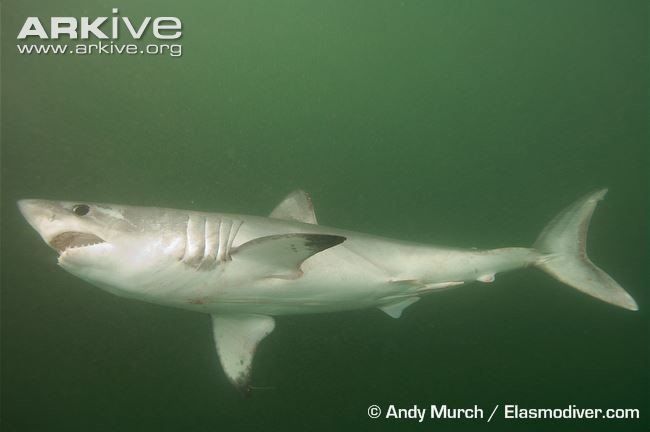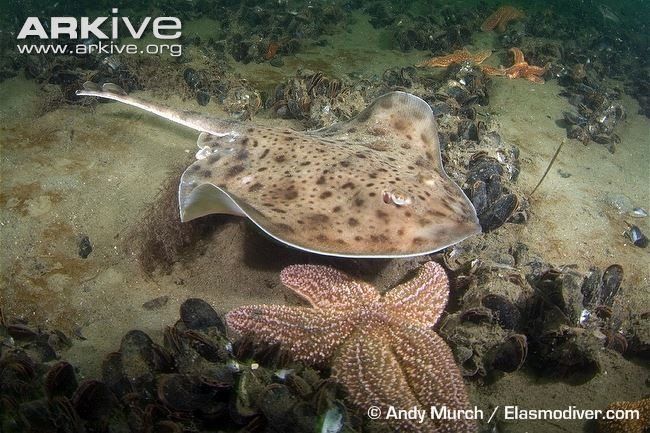Saline Superhero or Marine Monster: Spontaneous Tissue Repair Within a Denizen of the Deep
Throughout history, people around the world have had an innate fear of that great, wet blue yonder we call the sea. In part due to the creatures of the deep that call this vast expanse home. Though attitudes have shifted somewhat in relatively recent years, an estimated 95% of the ocean remains largely unexplored, and with it a great deal of secrets have been yet to be discovered. So, despite being so pivotal to life on earth, it is highly doubtful that the therapeutic benefits derived from the sea’s bountiful bosom will be amongst the first things to come to mind when asking for people’s thoughts and feelings towards that big, blue, wet thing and its inhabitants.
One of the main groups bearing the brunt of this salty stigmatisation are the Elasmobranchs. A sub class of cartilaginous fish (Chondrichthyes) which contains sawfish, skates, rays, and, you guessed it, sharks. Now, it is probably safe to say that most people will not see such a group of animals as the good guys. Associating them, more often than not, with the eponymous Jaws and death of Steve Irwin rather than the atypical mantra of ‘friends not food’ from a certain Disney film.
However, despite their notoriety, elasmobranchs are awe inspiring animals. These misunderstood underwater denizens are also undeniably significant within the marine ecosystem and food web even in Irish waters (figure 1), whilst also being culturally significant to us landlubbers around the globe. However, their recreational and nutritional significance is somewhat controversial and debateable due to their low fecundity, late maturity, slow growth, and persecution. Elasmobranchs also possess considerable scientific and therapeutic significance, benefiting even those that can’t bring themselves to dip a toe in the water or even look at a fish.
Marconi (2020) has recently shown how these cartilaginous species can be more hero than monster, with additional research feasibly leading to novel therapeutics targeting debilitating and degenerative ailments afflicting millions of people worldwide.
Whilst adult mammals, including humans, possess relatively little cartilage, it is integral to our articulation and movement. This is because smooth mammalian cartilage is predominantly found within joints, covering the ends of associated bones, and allowing them to glide over each other without catching or generating friction. When articular cartilage becomes damaged due to physical injury or ailments such as arthritis, it can be life changing. Impeding movement and causing pain.
Unlike other tissues, cartilage in mammals has a very poor capacity for repair, taking long periods of time for even partial recovery if it can even repair at all. This is particularly true for adult articular cartilage in mammals, due to it typically being avascular and lacking chondroprogenitor cells. This means that adult mammalian cartilage not only lacks the blood vessels and thus blood supply vital for tissue repair, but also lacks the totipotent cells which give rise to chondrocytes, the single type of cell present in hyaline cartilage. Both factors prevent mammalian cartilage from spontaneously healing post injury, whist also making it susceptible to degenerative disease.
Just like popular superheroes and villains, it has been well documented that some amphibians (i.e. axolotls, Ambystoma mexicanum ) can utilise chondrocytes to regenerate tissue and whole limbs (Steen, 1968). Marconi (2020) has demonstrated similar capabilities within a species of elasmobranch from the north-western Atlantic, the little skate ( Leucoraja erinacea , figure 2). As would be expected of cartilaginous fish, chondrichthyans produce cartilage throughout their life cycle, and are capable of spontaneous regeneration. It stood to reason that this perpetual growth and repair is facilitated by a persistent pool of chondroprogenitor cells, but the basic mechanisms associated with this are largely unknown.
It has now been shown that the development and production of cartilage within the little skate mirrors that of embryonic mammals. Just like in developing mammals, L. erinacea produces chondrocytes and co-expresses both the genes (Col2a1, Agc) and the encoded regulatory transcriptional factors (Sox5, Sox6, Sox9) linked to the production of cartilage (chondrogenesis). However, these persist into adulthood within our fishy counterparts. Phase shift labelling, in situ hybridisation, and investigative biology were utilised to show that chondroprogenitor cells are present within a layer of tissue (pericardium) ensheathing the cartilaginous skeleton of L. erinacea . Labelled adult progenitor cells could be tracked around the body and were shown to be producing chondrocytes at sites of injury, thus facilitating the spontaneous repair of adult cartilage.
These findings suggest chondrichthyans such as L. erinacea and our native counterparts are a unique model for adult chondrogenesis and cartilage repair. These incredible regenerative capabilities may serve as inspiration for novel cell-based therapies for cartilaginous injuries and skeletal pathologies such as osteoarthritis. Whatever your stance on this misunderstood taxa, their potential to relieve chronic pain, aid mobility and provide a new lease of life is less monstrous, more antihero.
References:
· Marconi, A., Hancock-Ronemus, A., and Gillis, J.A. (2020). Adult chondrogenesis and spontaneous cartilage repair in the skate, Leucoraja erinacea . eLife. 9: 1-26.
· Steen, T.P. (1968). Stability of chondrocyte differentiation and contribution of muscle to cartilage during limb regeneration in the axolotl ( Siredon mexicanum ). Journal of Experimental Zoology. 167 (1): 49-77.
SHARE THIS ARTICLE















